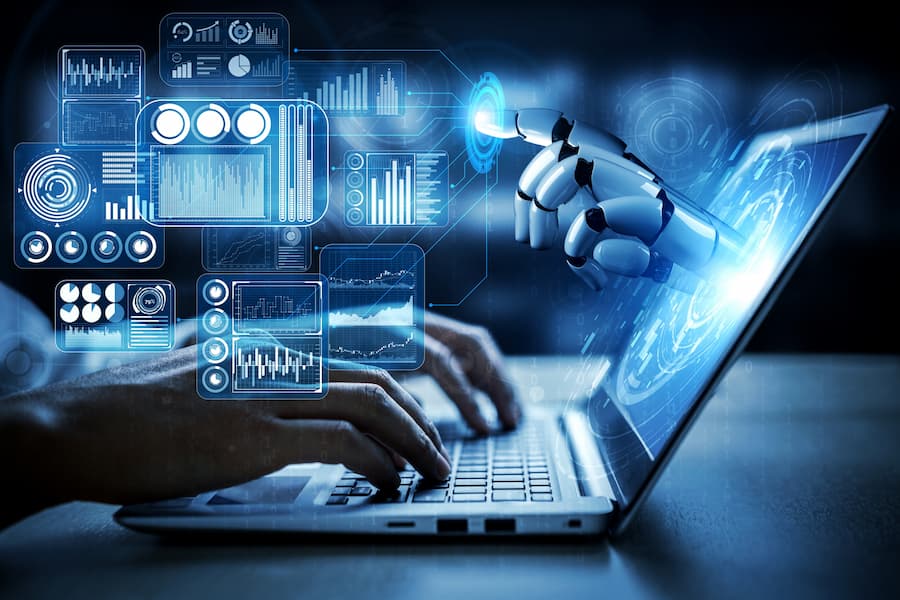
AI and QR Codes have emerged as powerful technologies, each with its own unique applications and benefits.
However, when these two forces combine, their synergy creates a world of possibilities. AI enhances the capabilities of QR codes, enabling improved scanning accuracy, intelligent information extraction, personalized experiences, and enhanced security measures.
Let’s explore the multifaceted relationship between AI and QR codes, highlighting the ways in which their integration is revolutionizing various industries and sectors.
Table of Contents
- AI and QR Codes: – Improved Scanning Accuracy
- Intelligent Information Extraction
- Personalized Experiences
- Enhanced Security Measures
- Wrap-Up
AI and QR Codes: – Improved Scanning Accuracy
QR codes serve as gateways to valuable information, but their effectiveness relies on accurate scanning. However, QR code scanners can encounter several challenges when scanning QR codes.
- Poor image quality
- Damage or wear
- Size and density
- Angle and orientation
- Interference and obstructions
- Speed and motion
Developers and manufacturers continuously work on improving QR code scanning technologies to mitigate these challenges.

However, advanced computer vision algorithms and AI-powered solutions have significantly enhanced scanning accuracy and robustness, addressing many of these issues and making QR codes more reliable and accessible for users.
This capability finds applications in logistics, retail, and inventory management, where accurate and efficient scanning is crucial for streamlined operations.
Image enhancement
AI algorithms can preprocess the captured image of a QR code to enhance its quality. This involves techniques like noise reduction, contrast adjustment, and sharpening.
By improving image quality, AI algorithms ensure that the QR code’s pattern and data are more distinct and readable.
Image recognition and detection
AI can employ sophisticated computer vision algorithms to precisely identify and locate QR codes within an image.
These algorithms can detect the presence of a QR code, even when it is partially obscured, tilted, or embedded within a complex background.
Accurate detection enables scanners to focus on the QR code itself and extract the encoded information effectively.
Perspective correction
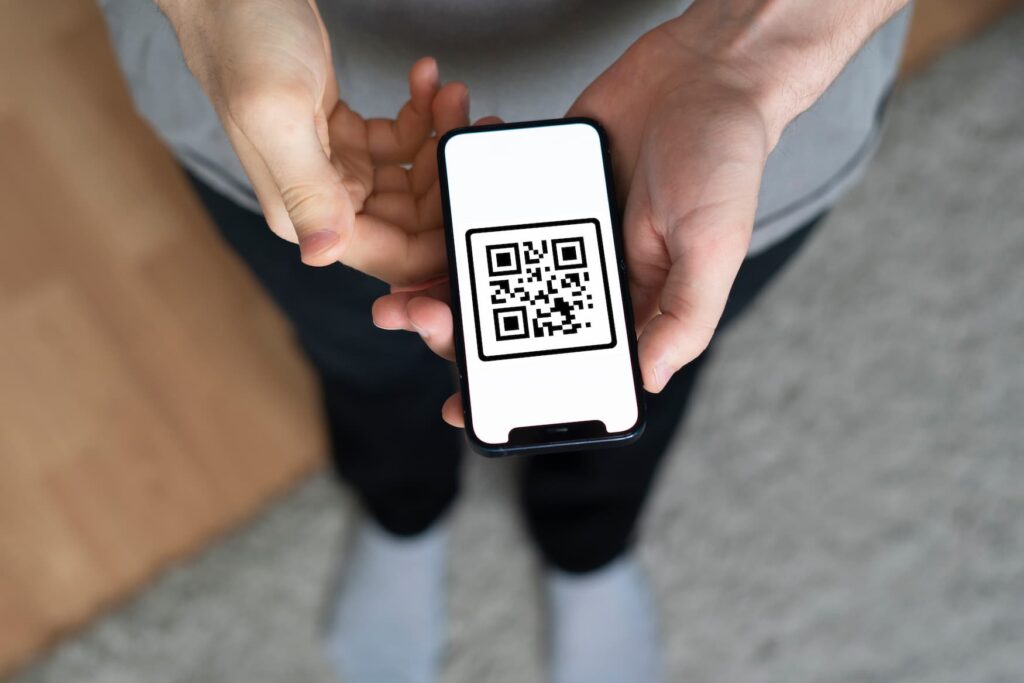
QR codes can appear distorted when viewed from an angle or when the image is captured from an odd perspective.
Generative AI algorithms can apply geometric transformations to rectify the perspective of the QR code, making it appear flat and easier to read.
This correction ensures that scanners can accurately interpret the code, regardless of the viewing angle.
Error correction and decoding
QR codes have built-in error correction mechanisms that enable them to be scanned accurately even if they are damaged or partially obscured.
AI algorithms can leverage error correction algorithms to recover missing or corrupted data within the QR code.
By intelligently analyzing the patterns and redundancy in the code, AI algorithms improve the decoding process, minimizing errors and increasing the chances of successful scanning.
Adaptive scanning algorithms
AI can optimize the scanning process by employing adaptive algorithms that adjust the scanning parameters based on the specific QR code being scanned.
These algorithms can adapt the scanning speed, resolution, and focus settings to capture a clear image of the QR code.
By dynamically adjusting these parameters, AI ensures optimal scanning performance, even in challenging conditions.
Learning from data
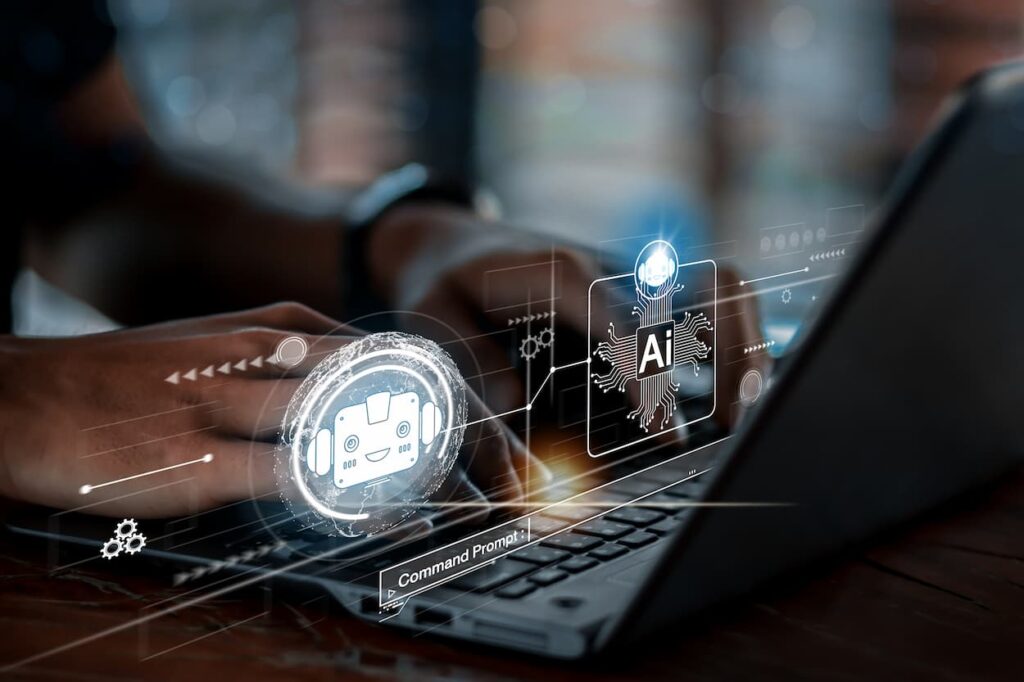
AI algorithms can learn from a large dataset of QR codes to improve their scanning accuracy.
Machine learning techniques can be employed to train algorithms on diverse QR code samples, enabling them to recognize patterns, variations, and potential challenges.
This learning process equips AI algorithms with the ability to generalize and adapt to different types of QR codes, improving their accuracy and robustness.
Intelligent Information Extraction
QR codes often contain diverse information, ranging from website links and product details to event registrations and payment information.
AI can unlock the full potential of this data by intelligently extracting and interpreting the encoded information.
Natural Language Processing (NLP)
QR codes often contain textual information, such as website URLs, product details, or event descriptions. AI-powered NLP algorithms can analyze the text within the QR code and extract meaningful information.
So, NLP techniques such as named entity recognition, part-of-speech tagging, and sentiment analysis can be applied to identify and extract specific entities, such as names, dates, locations, or sentiments, from the QR code content.
This enables deeper insights and more targeted interactions based on the extracted information.
Image recognition and interpretation
QR codes can include graphical elements or embedded images. AI algorithms can utilize computer vision techniques to recognize and interpret these images within the QR code.
For example, if a QR code contains a company logo, AI can recognize the logo and provide additional context or personalized experiences associated with that brand.
By combining image recognition with QR code information extraction, AI enables a more comprehensive understanding and utilization of the encoded data.
Data classification and structuring

AI algorithms can classify the extracted information from QR codes into predefined categories or data structures.
This enables the efficient organization and processing of the extracted data. For instance, if a QR code contains information about different products, AI algorithms can classify and structure the product details, including names, prices, and descriptions, into a standardized format.
This structured data can then be easily integrated into databases or used for further analysis and automation.
Contextual enrichment
AI can enrich the extracted information from QR codes by incorporating additional contextual data.
For example, if a QR code contains a location, AI algorithms can leverage geospatial data to provide contextual information such as nearby attractions, weather conditions, or transportation options.
By integrating external data sources, AI enhances the overall value and relevance of the extracted information. Using the best AI tools can significantly improve the efficiency and accuracy of data analysis.
Error correction and validation
QR codes can sometimes contain errors or inconsistencies due to various factors such as printing issues or data entry mistakes.
AI algorithms can employ error correction techniques to identify and rectify errors within the encoded information.
This ensures that the extracted data is accurate and reliable. AI can also perform validation checks on the extracted information, comparing it against predefined rules or databases to ensure consistency and integrity.
Personalized Experiences
The integration of AI into QR code information extraction not only improves the accuracy and reliability of the extracted data but also enables more intelligent and personalized interactions based on the content of the QR code.
AI-powered personalization has become a cornerstone of modern experiences, and QR codes can serve as a conduit for customized interactions.
By incorporating AI algorithms, businesses can analyze user behavior and preferences through QR code usage.
This data allows for tailored recommendations, offers, or content delivery. For instance, a retail store can offer personalized discounts based on past purchases, or an event organizer can provide targeted information based on attendees’ interests.
The marriage of AI and QR codes empowers businesses to create meaningful connections with their customers, enhancing engagement and satisfaction.
User profiling and data analysis
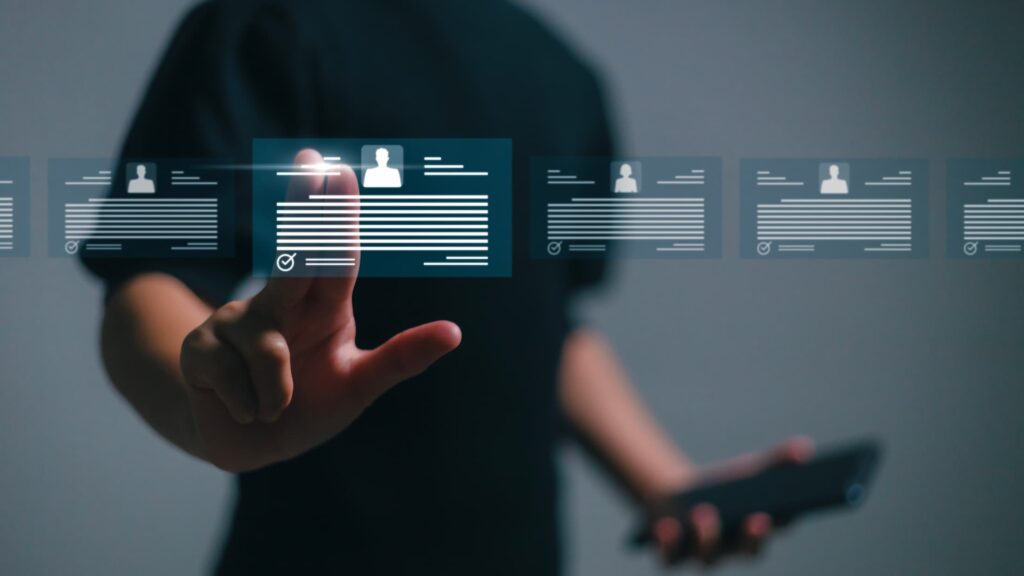
AI algorithms can analyze user data collected from QR code interactions, such as scanning history, demographics, purchase behavior, or previous interactions with the brand. This data can be used to create user profiles and gain insights into individual preferences, interests, and needs.
Contextual understanding
AI can analyze the contextual information associated with QR code interactions, such as location, time, or environmental factors. By considering the context, AI algorithms can offer personalized recommendations or content that aligns with the user’s current situation or interests.
Content customization
Based on user profiles and contextual understanding, AI algorithms can customize the content presented after scanning a QR code. This could include personalized messages, exclusive offers, or tailored product recommendations. For example, a retail store could provide personalized discounts based on a user’s past purchases or offer related products that match their preferences.
Real-time decision-making
AI algorithms can process data and make real-time decisions to provide dynamic and personalized experiences.
For instance, if a user scans a QR code at an event, AI algorithms can analyze their preferences and dynamically suggest sessions, exhibitors, or networking opportunities that align with their interests.
A/B testing and optimization
AI can leverage A/B testing techniques to experiment with different personalized experiences and measure their effectiveness.
By comparing the outcomes of different approaches, AI algorithms can optimize and refine the personalized experiences provided through QR code interactions.
Natural language processing and chatbots
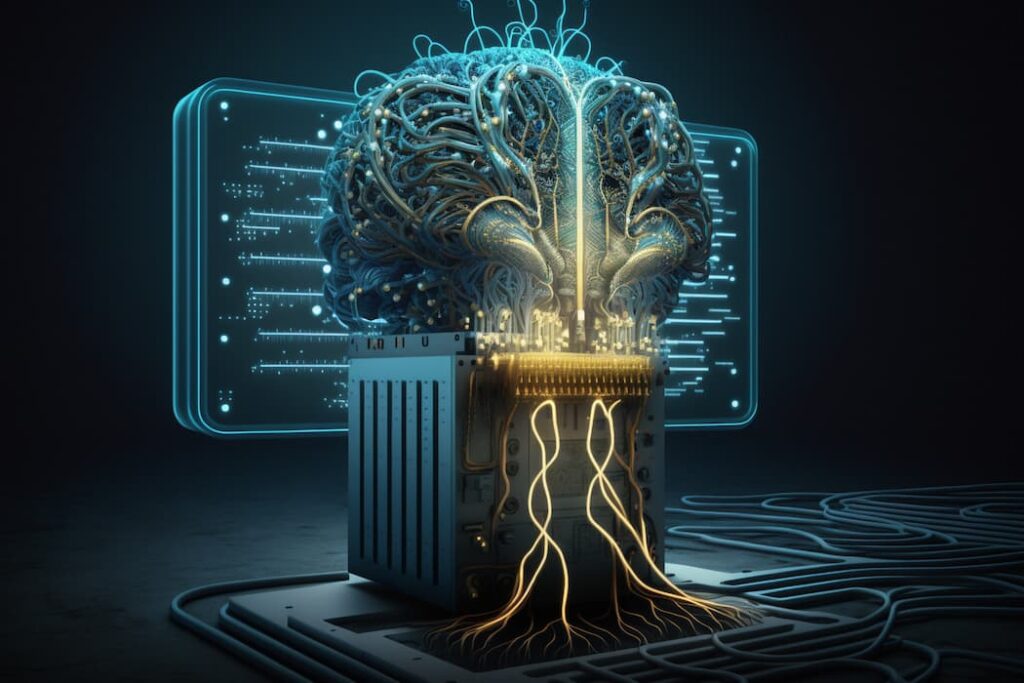
AI-powered chatbots can be integrated with QR code interactions to offer personalized assistance or support.
Customer service Chatbots can understand user queries, preferences, and intent through natural language processing techniques, providing personalized recommendations, answering questions, or assisting with transactions.
Continuous learning and improvement
AI algorithms can continuously learn and adapt based on user interactions and feedback. Through machine learning, algorithms can improve their understanding of user preferences and enhance the personalization of QR code experiences over time.
Enhanced Security Measures
Security is a critical aspect when dealing with QR codes, as they can be susceptible to fraudulent activities or unauthorized modifications.
AI can play a pivotal role in bolstering security measures associated with QR codes. By employing AI algorithms, businesses can verify the authenticity of QR codes, detect potential threats, and prevent fraudulent activities.
Computer vision algorithms can identify counterfeit codes or malicious attempts to deceive users. Additionally, AI can help in monitoring and analyzing QR code usage patterns, allowing for the early detection of anomalies or suspicious activities.
This integration ensures a safer environment for users and helps to maintain trust in QR code-based systems.
Wrap-Up
The integration of artificial intelligence and QR codes has unlocked new dimensions of efficiency, intelligence, and security. AI algorithms enhance the accuracy of QR code scanning, making them more reliable under challenging conditions.
Intelligent information extraction opens the door to value-added services, enabling deeper insights and interactions. Personalization becomes more effective by leveraging AI to understand user preferences and deliver tailored experiences.
Lastly, AI enhances security measures associated with QR codes, safeguarding users from potential threats.
As these technologies continue to evolve, their combined potential will reshape industries and sectors, offering innovative solutions and enhanced user experiences.
The partnership between AI and QR codes is a testament to the power of integration and collaboration in advancing technological frontiers.
